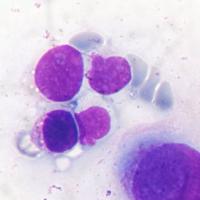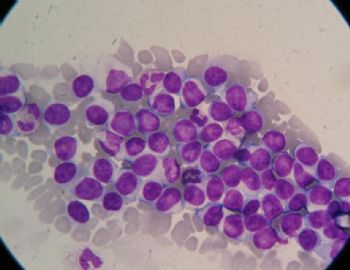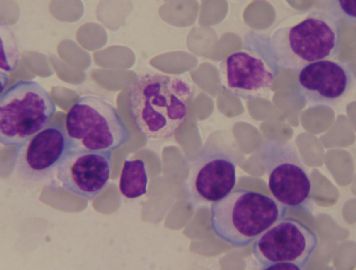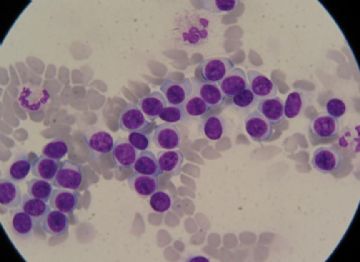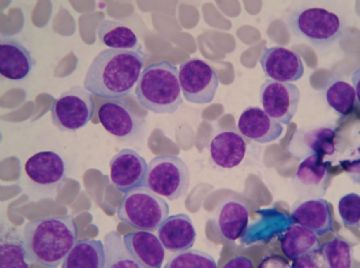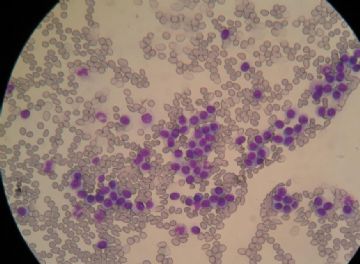| 图片: | |
|---|---|
| 名称: | |
| 描述: | |
- 血涂片 中的细胞是那种细胞
-
junzi003981 离线
- 帖子:1469
- 粉蓝豆:234
- 经验:3249
- 注册时间:2008-09-07
- 加关注 | 发消息
-
junzi003981 离线
- 帖子:1469
- 粉蓝豆:234
- 经验:3249
- 注册时间:2008-09-07
- 加关注 | 发消息
| 以下是引用侯军在2010-6-12 11:56:00的发言: The definitive study for this patient is flow cytometry. It can easily separate CLL from ALL. |

我一路向您走来——
